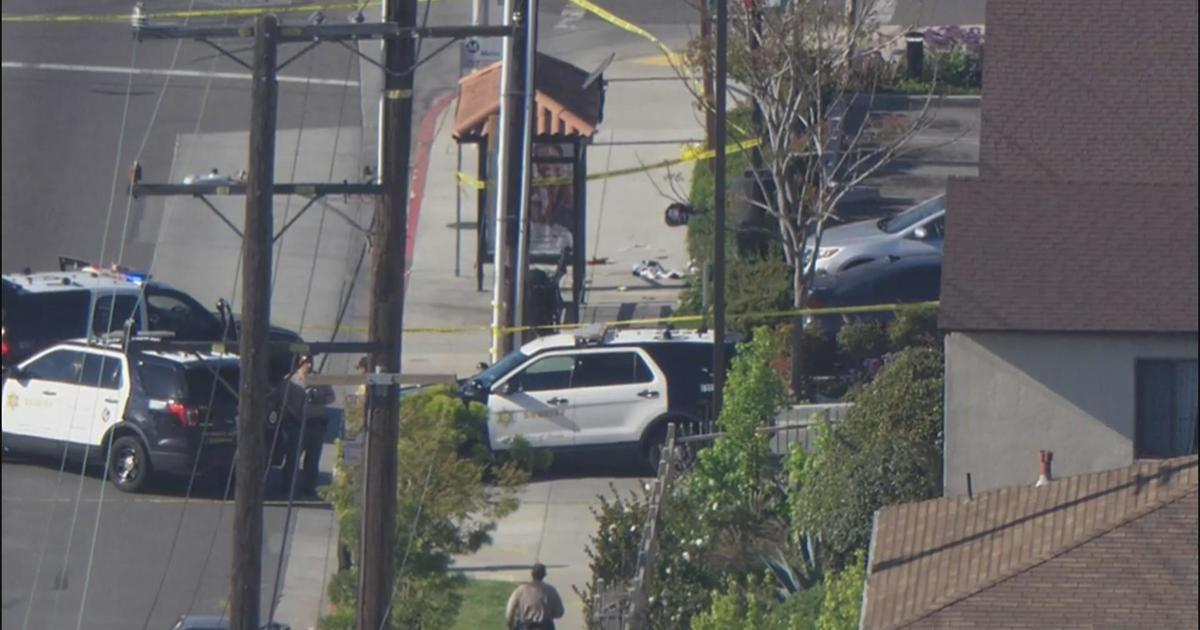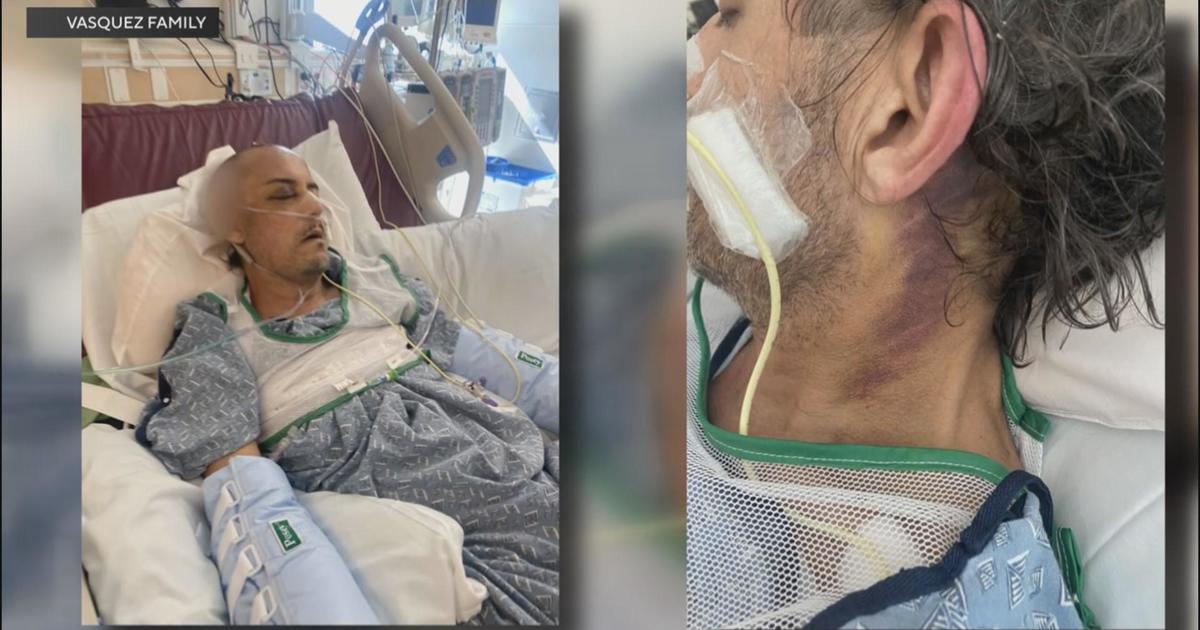Only On 9: Lab Working To Find Out Source Of Mysterious Tar Balls
LOS ANGELES (CBSLA.com) — A laboratory located outside Sacramento is determined to find the source of those mysterious tar balls that have been washing up on Southland and South Bay beaches.
Some, like Heal The Bay, speculate the balls are tied to the corroded pipeline that broke and leaked oil near Santa Barbara last month.
On Friday, KCAL9's Dave Bryan went into the lab – a virtual CSI for tar balls – as investigators tried to come up with answers.
It was a rare glimpse inside a lab few people even know about. I's a story that is Only On 9.
For the state to be able to file charges against the company responsible for the Santa Barbara spill, they will need more than speculation or supposition. They will need definitive proof.
"We're not even sure where it's coming from says, Jake Heflin, spokesman for the Long Beach Fire Department. "It's an unknown substance, and it's an unknown cause. "
Lots of questions still remain, weeks after the oily tar balls began washing up on Southland beaches.
From Oxnard in the north to beaches all the way down the coast including four beaches in Malibu, and others in LA, Santa Monica, Venice, Long Beach, and as far south as San Clemente in Orange County.
As the beach cleanup spread, the question of where the tar balls came from was unanswered by local officials, except to say we're collecting samples..
"That's why it's critically essential we take those product samples ," said Heflin, "and do the sampling. Obviously that make take some time."
The samples are now at a laboratory outside Sacramento. It's run by the California Department of Fish and Game.
Scientists like Jim McCall has all the tools they need to pinpoint the source of any spill.
They start by looking for what they call "petroleum fingerprints."
McCall said, "It's very similar to what is done, say, in a criminal lab where they're looking at whirls and swirls on your finger comparing it to a latent print that might be found at a crime scene."
Every drop of oil tells a story. Using what they call "bio-markers", scientists match any sample sent to their lab with samples collected from off shore rigs or ships or in this case from the ruptured pipeline that may have released the oil
"Oil that's produced in Saudi Arabia looks very different from pil from the Alaskan oil slope," McCall says. "And oil that is produced on the southern coast of California is different from oil that is produced a little bit further up the coast."
They can also identify additives put in the oil. The oil in the Refugio pipeline contained chemicals that made it flow easier.
"Those additives are there and how helpful they are in distinguishing between products kind of depends on the additive," McCall says.
All of their testing is done in the blind, so they don't rush into any conclusions.
"For us at the lab, we don't really know where the samples come from," McCall says, "for us, they just have numbers. We try not to know where they come from. We don't want to be biased. We just compare what's in one jar and what is in the other. The rest of it is kind of up to the investigative officer."
One of the questions is whether the tar balls that washed up on local beaches are the byproduct of natural seapage of oil and tar or the result of an oil leak from a pipeline for example. McCall says the difference is often, but not always, very easy to distinguish when analyzing samples.
"Typically, seep material is heavily weathered," McCall says, "stuff that is coming out of the ground is not. And on its face, that is very easy to distinguish."
The matches and conclusions reached by the scientists about the tar balls will be handed over to investigators. This past week California Attorney General Kamala Harris visited Goleta, and said she met with the Santa Barbara County District Attorney.
The laboratory findings on the origin of the tar balls, findings which are commonly accepted into evidence in legal proceedings, could play a major role in any decision about whether to file criminal charges or sue for damages.
"The comparisons that we do, it's a process and that takes time," McCall says, and we owe it to the people of California – as well as the responsible party – to make sure that we do get it right."
The lab says their findings could take weeks. Experts in tides and winds will also present their findings.
If the lead investigators believe they have a preponderance of evidence it will be their call to pursue charges.



